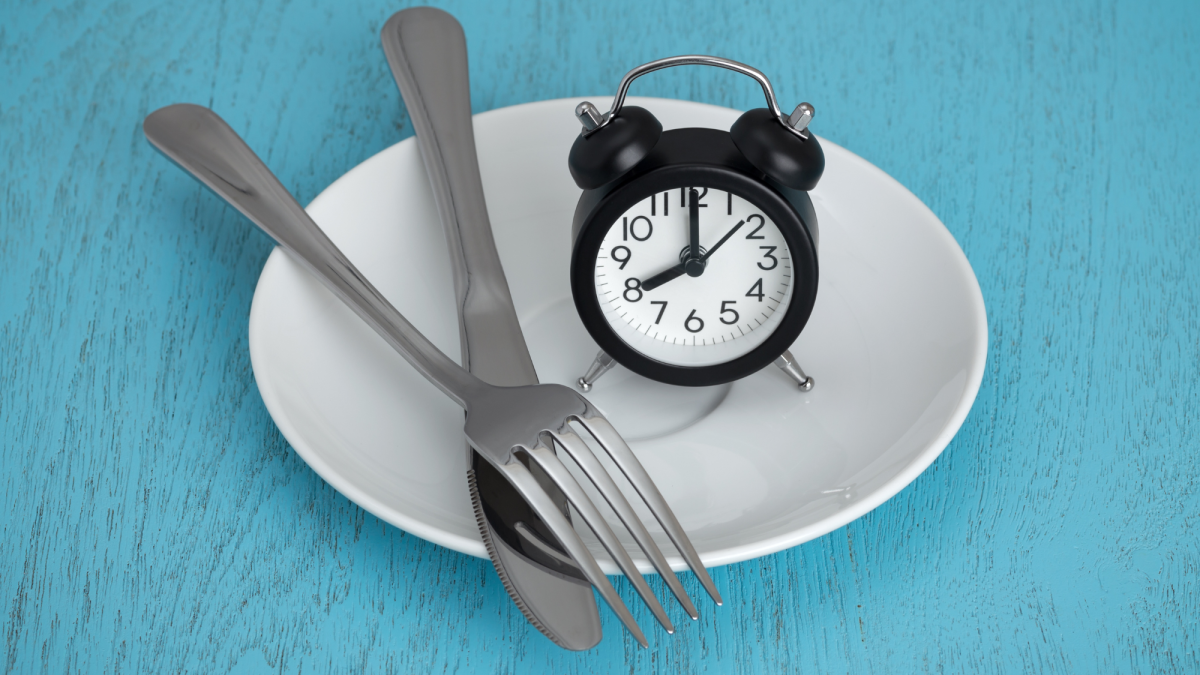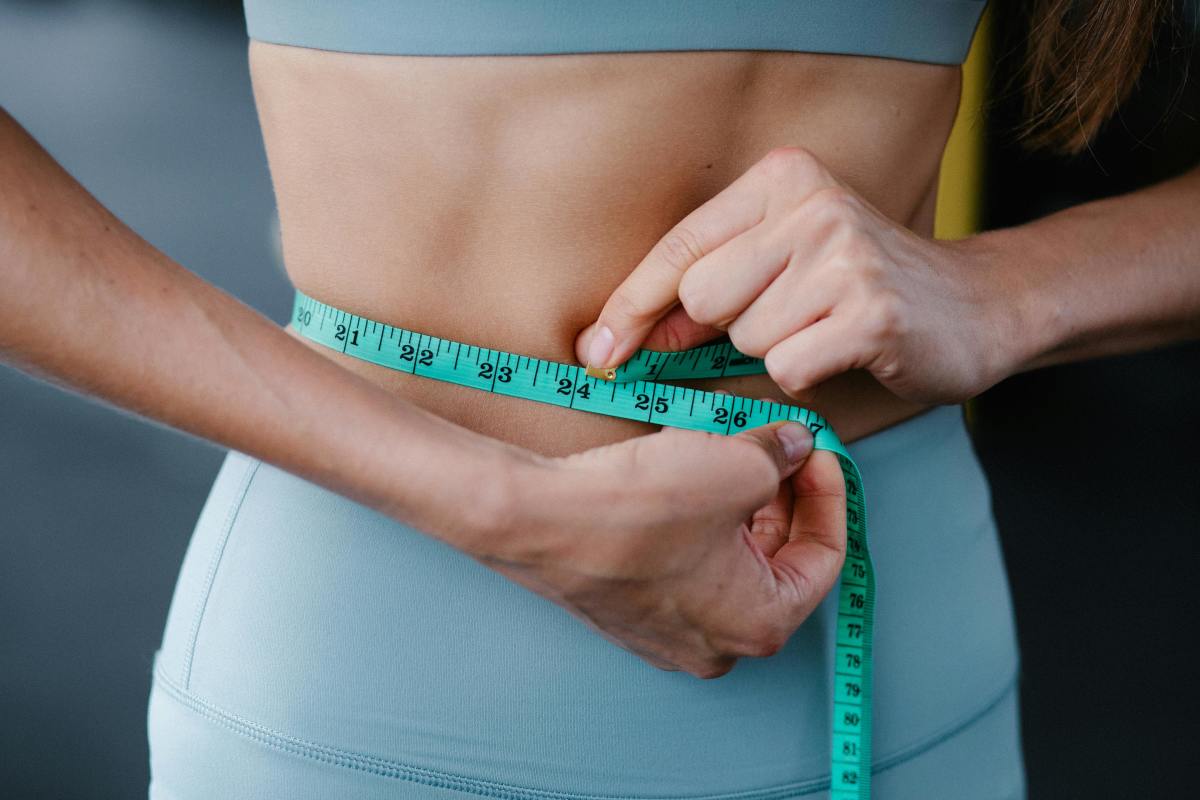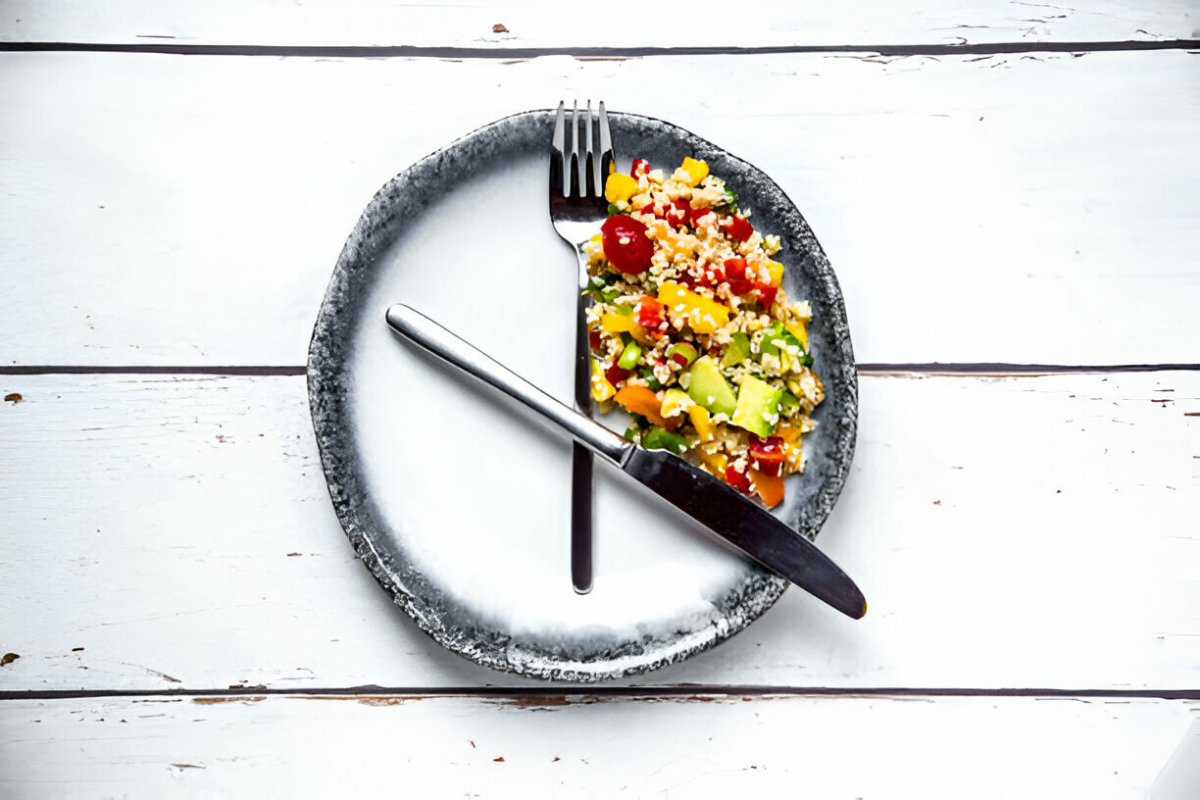What You Need to Know About Intermittent Fasting

Spiritual Observances
For the purposes of this article, we are not talking about the type of fast you might follow for religious or spiritual reasons. For example, Muslims fast during Ramadan beginning before dawn and continuing until the sun sets. Yom Kippur, an important Jewish holiday, involves a complete 25-hour fast from before sunset on the evening before the day and ending after nightfall on the day itself. There are more examples, but suffice it to say that fasting has spiritual significance to many. The remainder of this discussion, however, will discuss fasting in the context of health and wellness.
What is Intermittent Fasting?
Put simply, intermittent fasting is an eating pattern where the practitioner alternates between periods of eating and periods of not eating. I know what you’re thinking. We all “fast” when we sleep. That’s why we eat “breakfast” in the morning – to break our fast of the night before. By contrast, intermittent fasting involves longer periods of fasting than a normal sleep period of eight hours. For example, it could involve daily fasting for 16 hours, or only eating for 8 hours out of a 24 hour day. Alternatively one might fast for a full 24 hours, once or twice a week.
Besides specifying when you should eat, it does not place any restrictions on what you can eat. You might eat pancakes and sausage for breakfast, a burger and fries for lunch, and pizza for dinner. Just as long as you only eat for 8 hours out of 24 (e.g., from 9 AM until 5 PM only), you are on this type of fast.
Keep it Simple
If you are tired of all the diet plans that are either difficult to follow and/or expensive, then intermittent fasting may be for you. There is a fair amount of work required to plan and cook the so-called “healthy” way, because it generally requires fresh ingredients and a fair amount of meal preparation. Intermittent fasting will help you take-off weight and simplify your life at the same time. For one thing, just think about all the planning, cooking, and cleaning that you will skip if you’re not eating all the time.
Another thing about this type of eating pattern is that you don’t have to alter your lifestyle in any other way. You can continue to eat your favorite foods. You can still go to parties and eat what everyone else is eating. As long as the party falls during one of your “eating” periods.
Science
There is a lot of science behind intermittent fasting. Here are the basics, in the most straightforward terms:
- When you eat, and the body transforms the food into glucose for immediate use as fuel.
- Excess glucose becomes glycogen for later use.
- Unused stored glycogen becomes fat, which is what happens when you eat again and you haven’t used up all your glycogen.
- When you don’t eat, you use up all the glucose and glycogen you have on hand.
- When you run of glucose and glycogen, your body must turn to stored fat for energy.
So basically, no food means no fuel. No fuel means using up your stored fat. That’s simple, right? Well, it’s actually a little more complicated than that, but those are the basics. We haven’t even factored in your activity levels. Still, fasting will result in using stored fat more quickly than eating throughout the day. That’s the current theory.
Methods
Intermittent fasting isn’t about stopping eating altogether. It’s about alternating periods of fasting with periods of eating. So there is a pattern you will need to establish. Consider the following popular approaches:
- Leangains protocol: Start by skipping breakfast. Water and black coffee/tea is okay, but you eat nothing else. The 8-hour clock starts when you have your first meal. So, if you have brunch at 11 AM, you have until 7 PM to wrap up your eating for the day. No snacking while watching TV later in the evening. Then wait 16 hours before you eat again. This is probably the most popular approach.
- Full 24-hour fast: In this approach, you stop eating for a full 24 hours at a time, generally once or twice a week. It doesn’t have to be from breakfast to breakfast. It could be from lunch to lunch, or dinner to dinner, just as long as you don’t eat for 24 hours. Personally, I think I’d start after lunch and then just skip dinner in the evening and breakfast the following morning, eating again at lunch the following day.
- The 5:2 diet: This approach isn’t technically fasting. You are allowed to eat a very modest amount (around 500 calories) on two non-consecutive days of the week. The other 5 days you will eat normally. So for example, you might restrict your calories on Tuesdays and Fridays, but eat normally for the rest of the time. This doesn’t sound half bad, in my opinion.
Source: https://www.healthline.com/nutrition/intermittent-fasting-guide#weight-loss
What's the Catch?
The main difficulty with intermittent fasting is that you probably will feel hungry. You may also feel weak, and your brain may be in a bit of a fog. This may or may not lift as your body becomes accustomed to the new eating pattern. So if you really want to make it work, hang in there for at least two weeks.
Another caution is that intermittent fasting is not a great idea if you have a medical condition such as diabetes or low blood pressure. You should NOT try this if you have an eating disorder, unless your doctor signs off first. Also, it may also interfere with certain medications. Finally, women who are trying to conceive, are pregnant, or are breastfeeding are advised to not attempt this plan.
The other catch is that intermittent fasting will not work if you overeat when you’re not fasting. If you compensate by going hog wild (pun intended) on your eating days/times, then this approach might be counter-productive. Keep that in mind.
On the Bright Side
On the other hand, if you are generally healthy and well-nourished, there should be nothing particularly hazardous to your health about intermittent fasting. Fasting has been around since the beginning of time. Sometimes our ancestors just couldn’t find something to hunt or gather for a while, resulting long periods without food. The human body definitely is built to handle this situation.
Since there is nothing “special” to buy in terms of food, you could start this eating pattern immediately if you like. Just pick an approach, and begin. Good luck!
If you’ve tried this before, I’d love to hear about it in the comments below.
Do you think you might try intermittent fasting?
© 2018 Carolyn Fields








